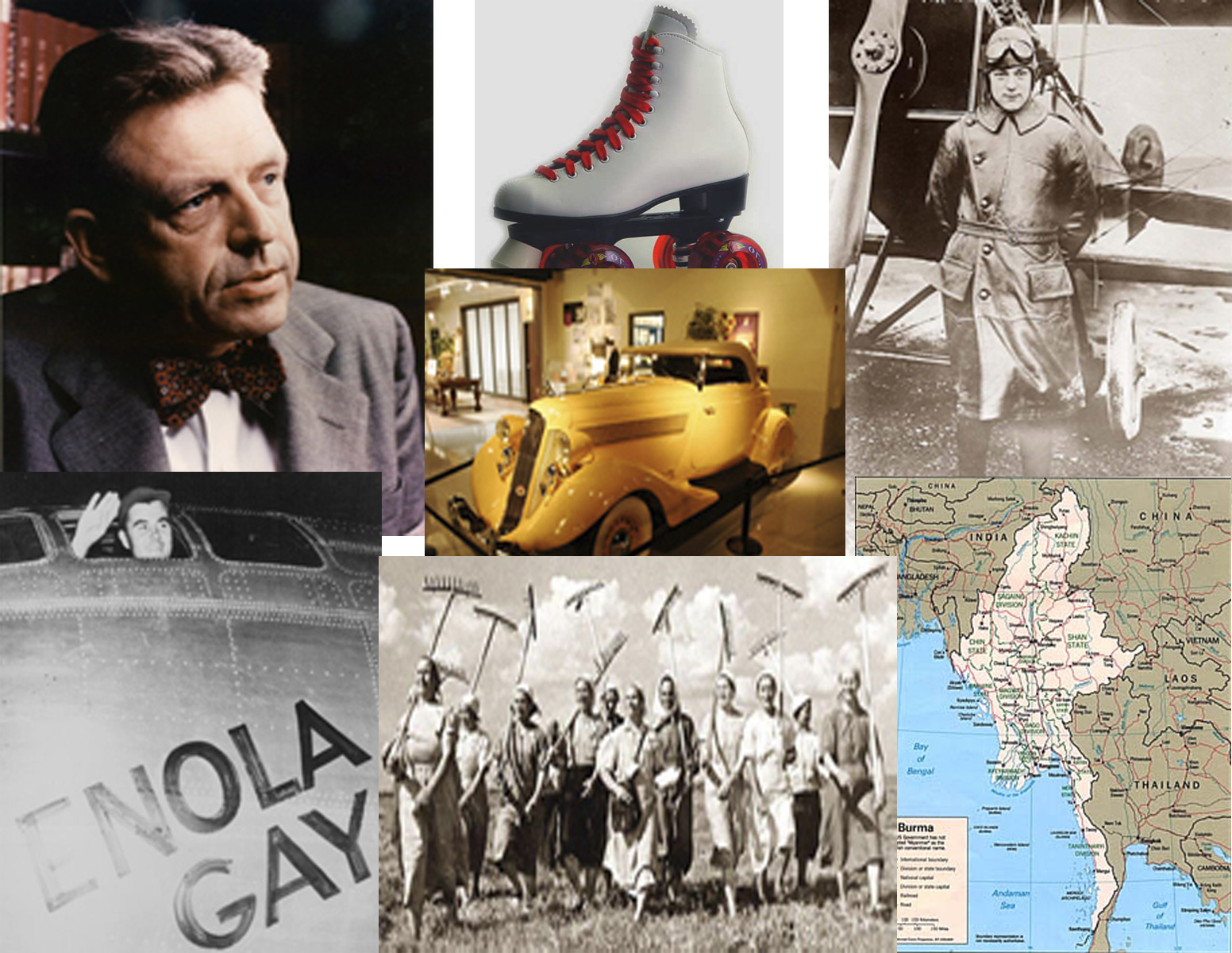31. Council on Foundations, 1991-1992 17 Interviews
Indiana University Center for the Study of History and Memory
The interviews in this project focus on the history of the Council on Foundations, its history and development, its function and goals, and its mission. Central to many of the interviews is the 1969 Tax Reform Act, which had a profound impact on the structure and practice of American foundational philanthropy. The majority of the interviewees are philanthropists or professionals with strong connections to the Council; they share their insights, criticisms, and descriptions regarding the Council in many areas, including diversity, philanthropic ethics, principles and practices, the role of the government, and sources of division within the field of philanthropy.

